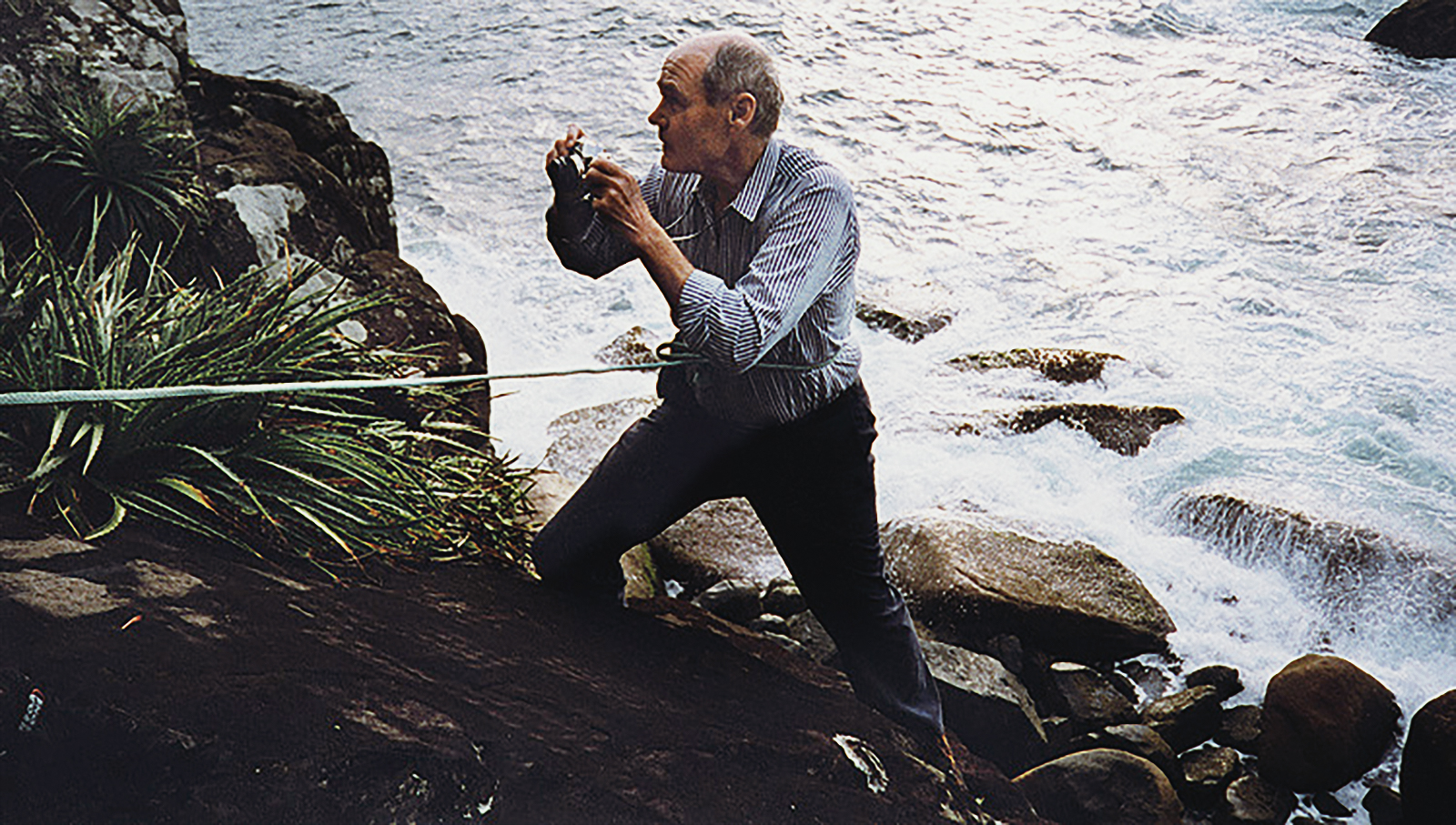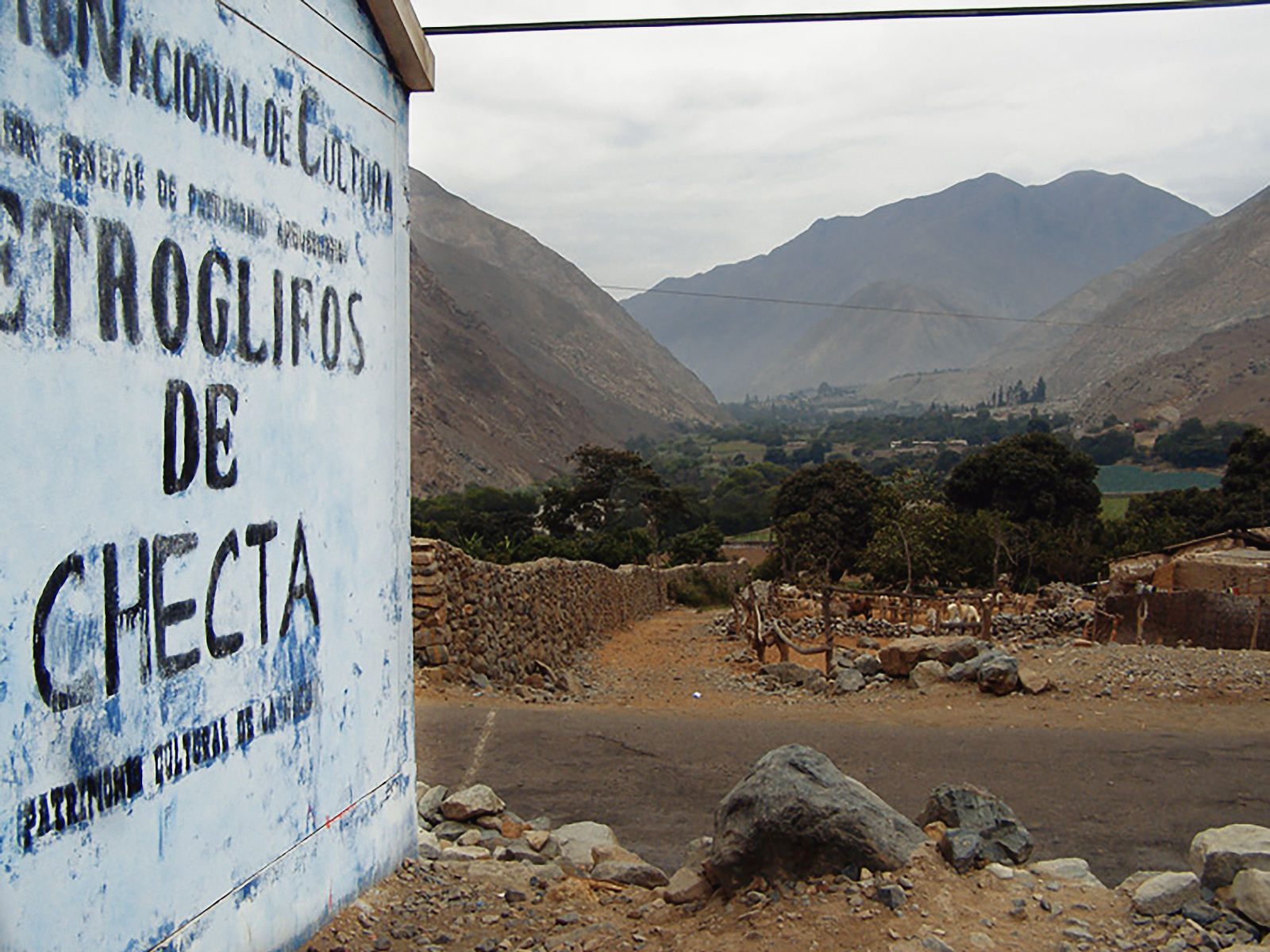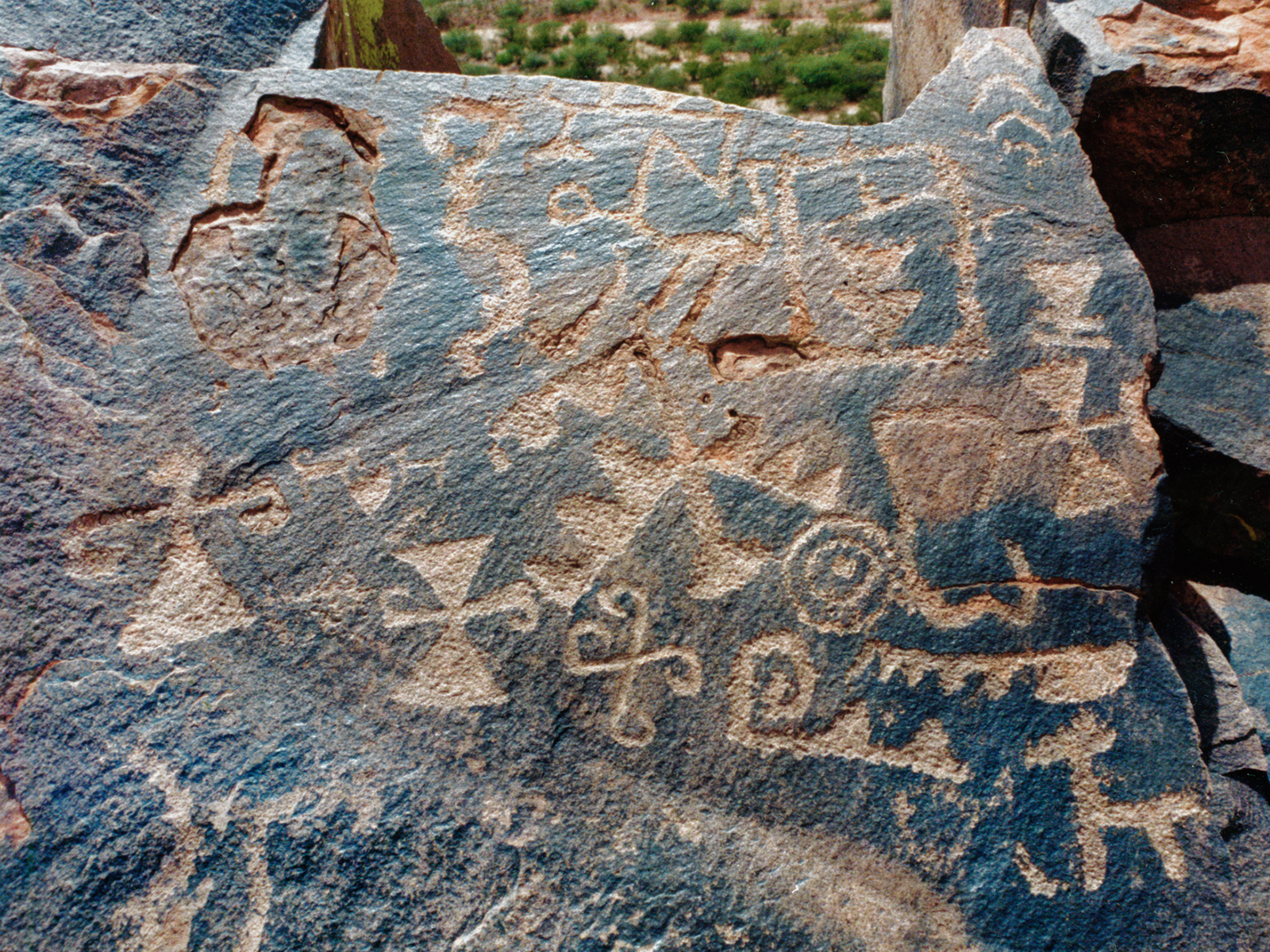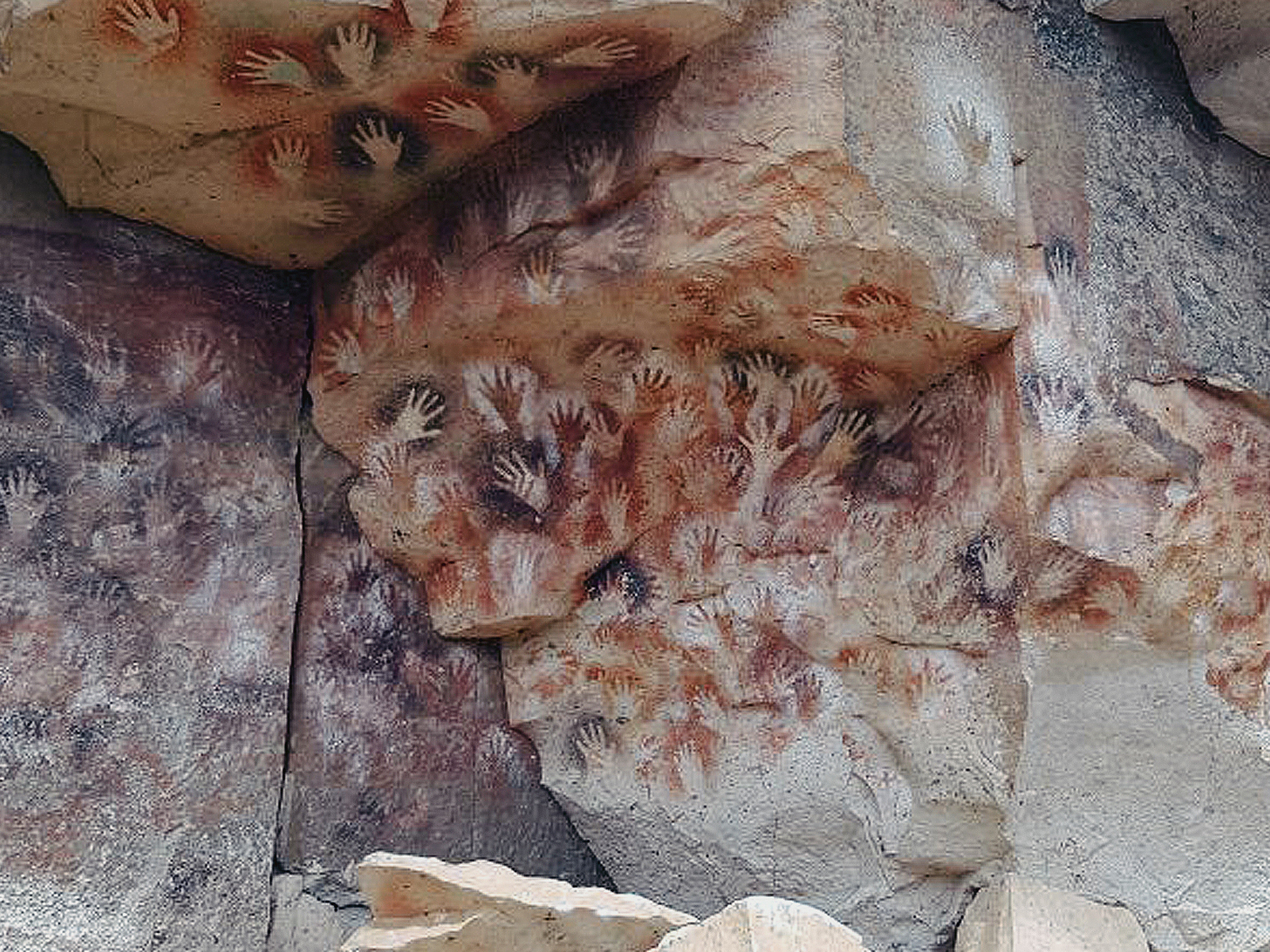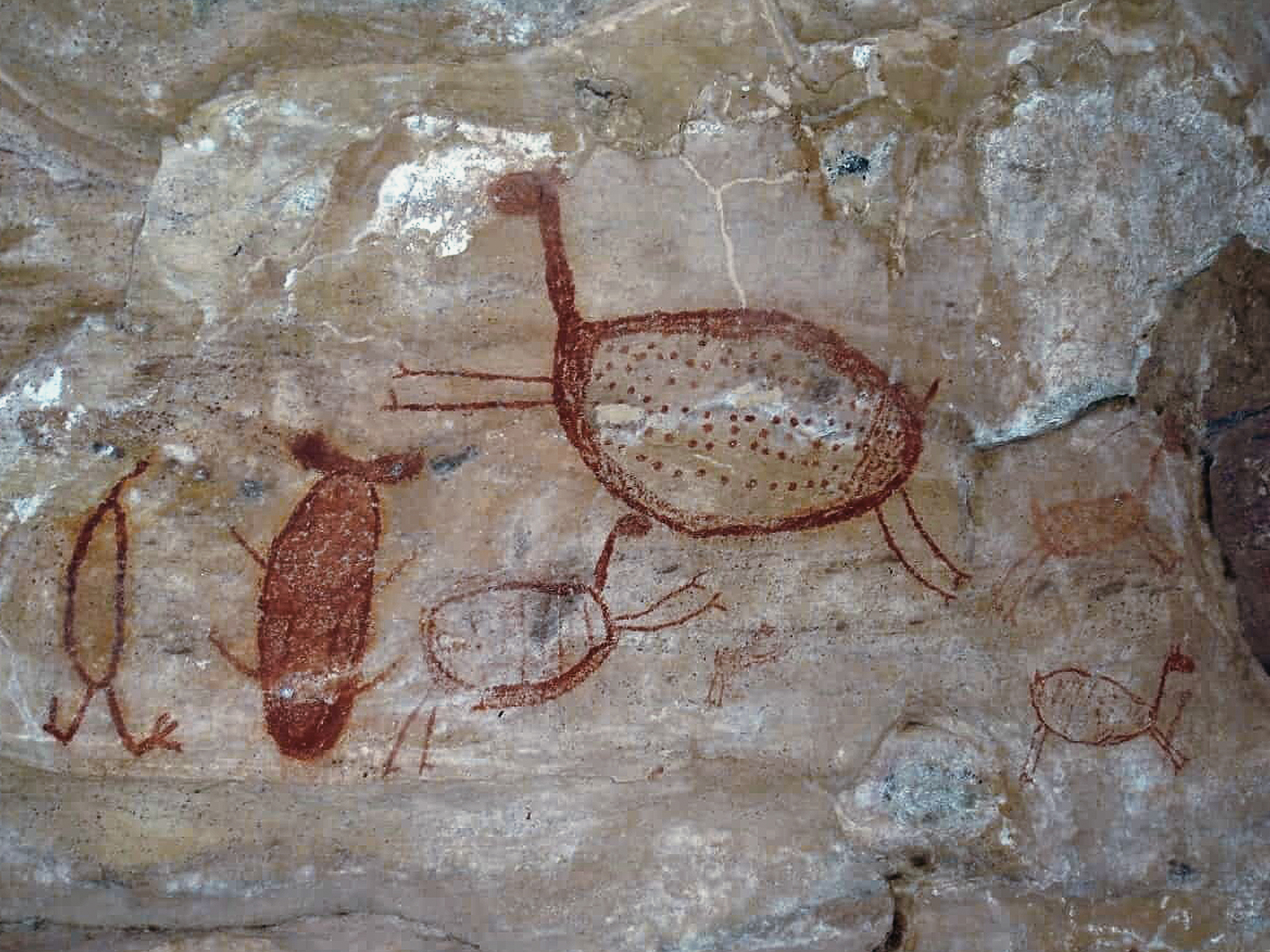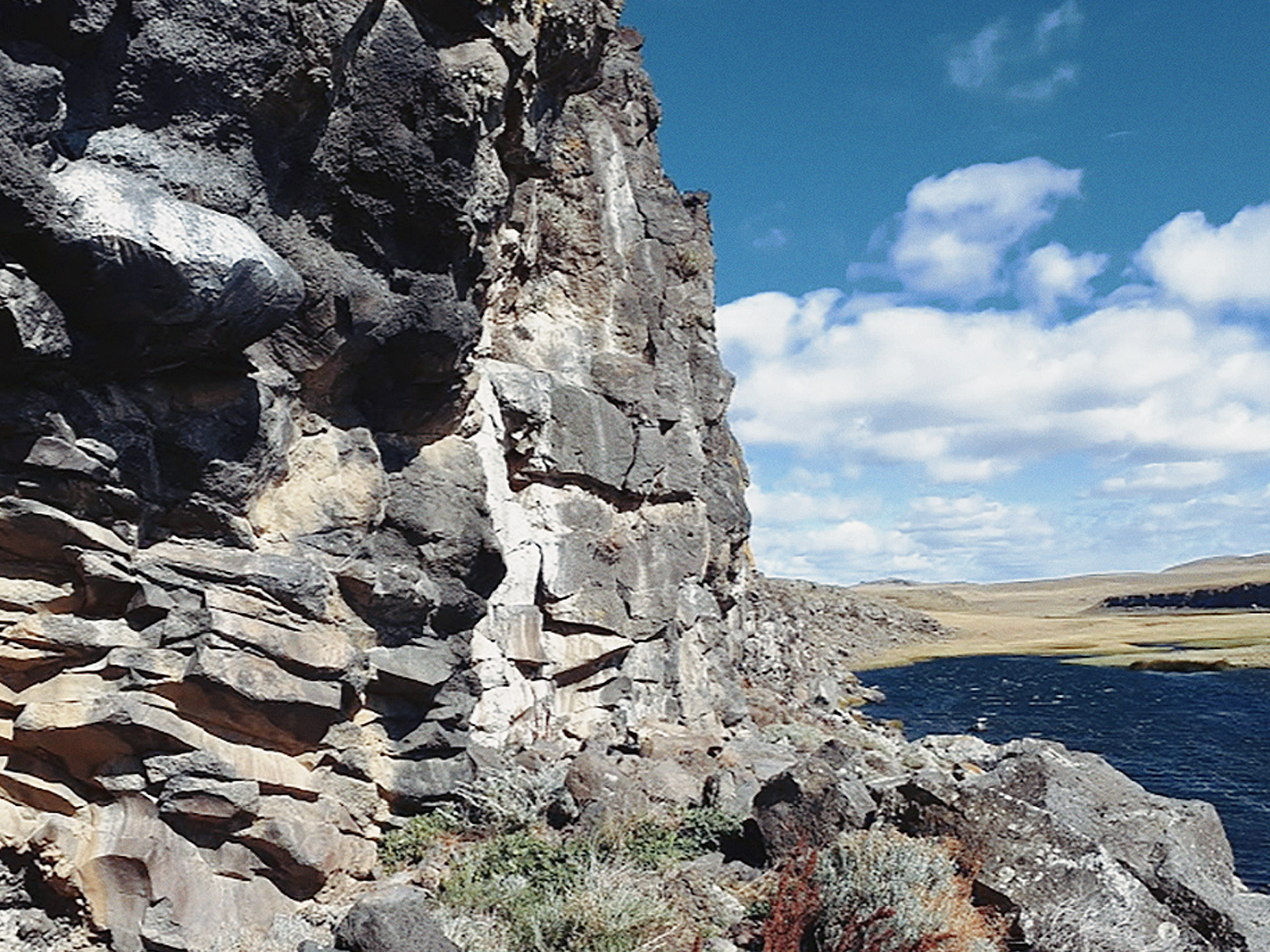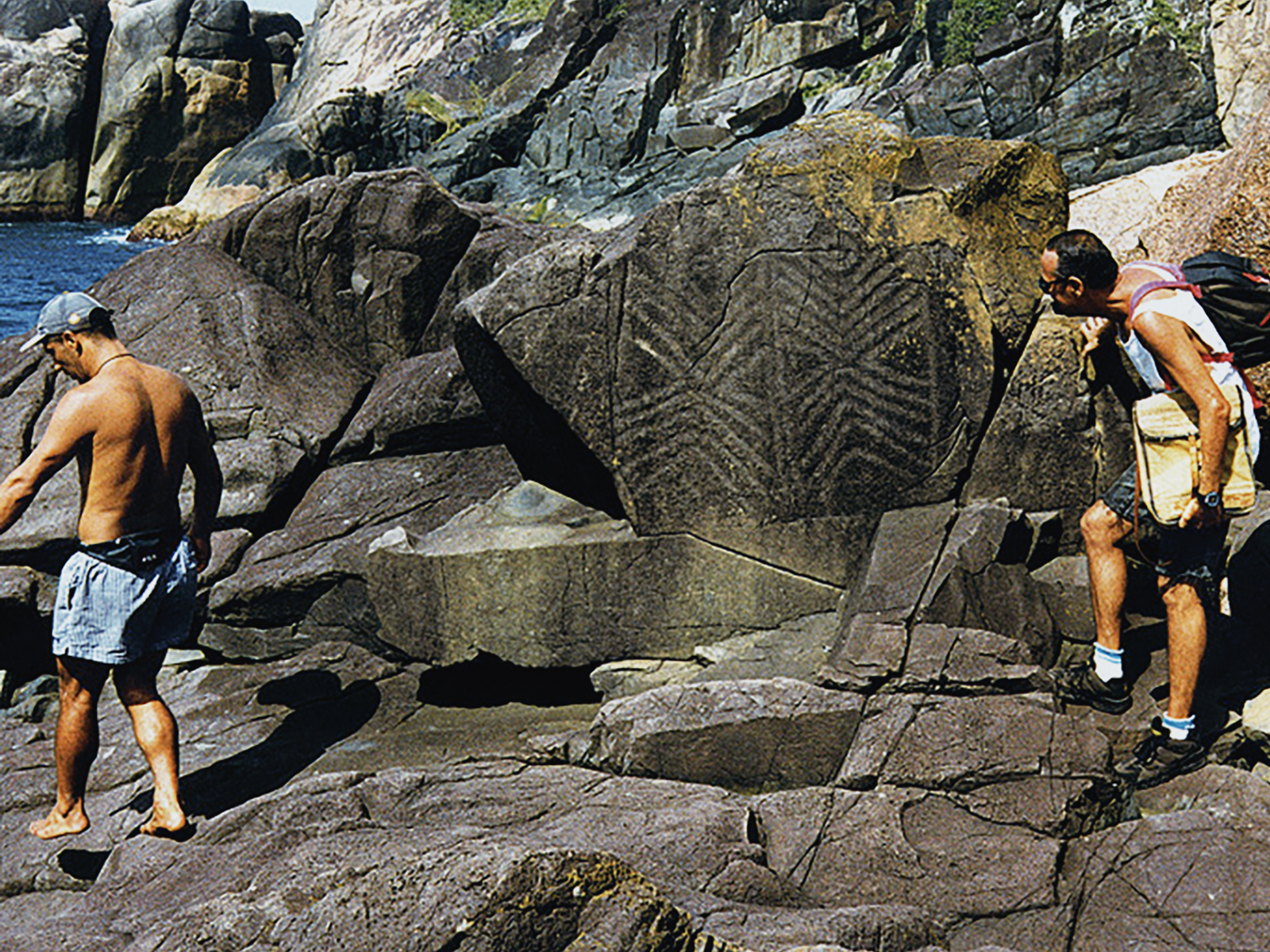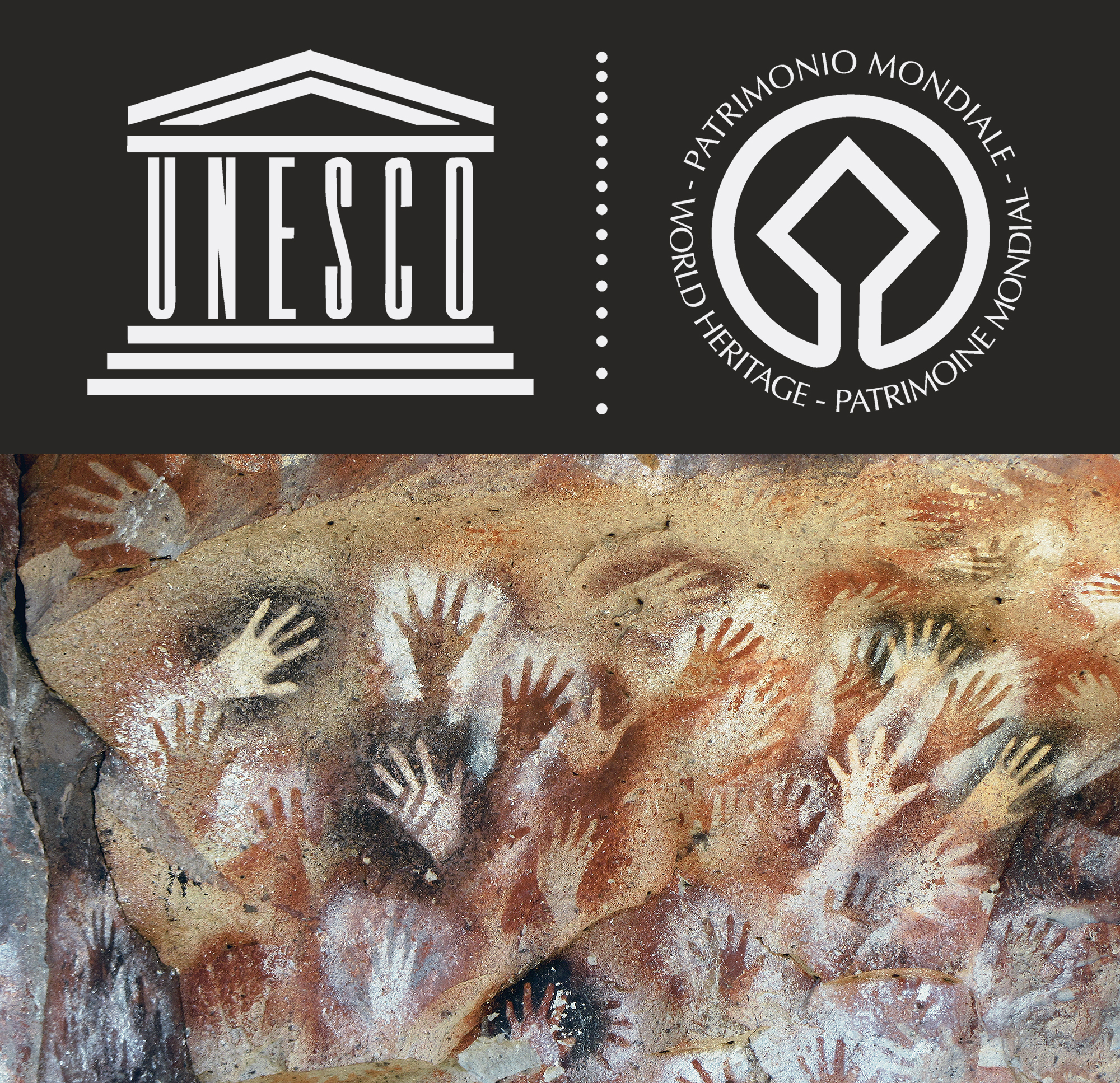


María Isabel Hernández Llosas is an archaeologist, rock art, and heritage researcher. She has a degree in anthropological sciences and a PhD in archaeology from the University of Buenos Aires, and has completed postdoctoral studies in heritage research and management at Australian National University, Canberra.
Dr. Hernández Llosas has been a university associate and full professor, at graduate and postgraduate levels, at National Universities of Buenos Aires, Rosario, Cordoba and del Centro in Argentina, and at Politecnica del Litoral in Ecuador. She has been an ICOMOS expert consultant in evaluating international rock art sites for proposed UNESCO World Heritage listing. She was recently a conservation guest scholar at the Getty Conservation Institute.
Her primary fieldwork has been conducted in the southern Andes and Patagonia in Argentina, and abroad in Mexico, Italy, and Australia, and has included the subjects of archaeology, rock and prehistoric art, and heritage studies with a broad social sciences and humanities approach. This approach considers the importance of long-term connections between human societies and their lands, regarding all the cultural aspects involved while stressing the importance of the association between heritage, social memory, and cultural identity.
1998 saw the first visit to South America by the Bradshaw Foundation. Co-founder John Robinson was invited by Brazilian Research Archaeologist Keler Lucas to study the geometric petroglyphs of the Island of Campeche, a small island off Santa Catarina Island, on the eastern coast of southern Brazil. This, in hindsight, was to become the beginning of the Bradshaw Foundation South America Rock Art Archive. The rock art on these two islands, as well as on Arvoredo, Coral, Little Sister and Santinho, is now represented in the Archive.
In 2000 Matthias Strecker, Editor of the Bolivian Rock Art Research Society [SIARB] approached the Bradshaw Foundation regarding the rock art in general of Bolivia, and in particular the proposed preservation project at the Calacala site. The ongoing research by SIARB has produced surveys of over a thousand rock art sites in Bolivia, concentrated mainly in the highlands (altiplano) and valleys.
In 2010 avocational archaeologist Martin Barco of Peru contacted the Bradshaw Foundation regarding the petroglyphs of Checta, located in Canta Lima. Checta represents one of the most important rock art sites in Peru, and Barco’s research highlights both the sheer number of ancient petroglyphs as well as the clear and present need for their preservation.
Cueva de las Manos was inscribed to the UNESCO World Heritage List in 1999. A World Heritage Site is a landmark or area with legal protection by an international convention administered by the United Nations Educational, Scientific and Cultural Organization (UNESCO). World Heritage Sites are designated by UNESCO for having cultural, historical, scientific or other form of significance. The sites are judged to contain "cultural and natural heritage around the world considered to be of outstanding value to humanity".
Creative Commons Attribution-Share Alike 2.0 Generic license
The rock art of the Serra da Capivara National Park in the north east of Brazil, with research led by archaeologist Niède Guidon, established it as a World Heritage Site in 1991. The best known archaeological site is Pedra Furada, a rock shelter with over 1,150 images and thousands of artifacts. Her theories about the archaeology and the rock art are controversial, as she questions the putative dates for the relatively recent occupation of the Americas by anatomically modern humans, and suggesting a date in excess of 45,000 years ago based on her archaeological research at the sites.
This issue is yet to be resolved, but recently evidence of an earlier occupation of the Americas is coming to light, based on archaeological and genetic evidence. This is known as the Solutrean hypothesis - the idea of Europeans and European technology crossing the Atlantic in prehistoric times. According to the hypothesis, at the height of the last ice age, perhaps a little later, a group of hunters from the south-west European refuge area bordering France and Spain sailed to the east coast of America, where they became the Clovis people. The culture in the southwestern European refuge around the time of the LGM is known as Solutrean, and is famous for its beautifully worked bifacial points. Solutrean points are argued to be a rare invention, yet very similar to Clovis points such as those found at the Cactus Hill site on the USA eastern coast. The highest concentration of the oldest Clovis points is in the south-east USA, pointing to an Atlantic landing of immigrants.

Again, this issue will only become clearer with archaeological and genetic advances, but the Solutrean hypothesis certainly explains some of the current anomalies. What this may point to is the possibility that the rock art sites of South America are considerably older than previously thought - they are certainly more numerous - and that the need for further research has never been greater.
→ Subscribe free to the Bradshaw Foundation YouTube Channel
→ South America Rock Art Archive
→ Rock Art of Serra da Capivara
→ Rock Art of Pedra Furada
→ World Heritage Site of Cueva de las Manos (The Cave of the Hands)
→ Rock Art of Bolivia
→ The Rock Art of Santa Catarina
→ The Checta Petroplyphs - Peru
→ Bradshaw Foundation
→ Rock Art Network
